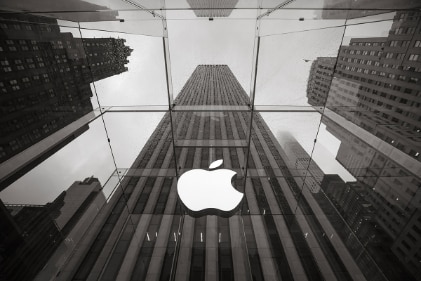Looking back at the last five years, Apple's inventory turnover hit its lowest point in September 2018: 37.2x. That means Apple turned their inventory every 10 days.
Keeping as little inventory on hand as possible is very important. Why? Because of costs with warehouses and competitors possible hits. Technology manufacturers can’t afford to keep too many products in stock because a sudden announcement from a competitor or a new innovation could change everything and suddenly bring down the value of products in inventory.
By 2013, Apple was dealing with 154 key suppliers (way lower than Amazon for example), which facilitates better supplier relationships) and kept only one central warehouse in perfect data sync with the aprox. 250 owned stores.
Foreseeing sales levels accurately and not having excess inventory is absolutely crucial in the computer industry, especially when new products quickly cannibalize the old.
Not having too many SKUs helps correct forecasting (in 2013, Apple had 26.000 SKUs, way less than other technology manufacturers). Another facilitating factor is having a longer product life cycle and Apple has more than 12 months for its key products.
And forecasting demand doesn’t come only in the form of what products your customers will buy, but also on what kind of technologies will be in demand for the next coming years, allowing the company to reduce costs with suppliers by placing orders for longer term. This also leads to creating enough demand for suppliers, so that other competitors cannot order the components and hence limiting imitations.
Although Apple was always pushing to have fast inventory turnover, it made a change in 2011 of not rushing selling. The change was implemented with the launch of the iPad 2 and consisted of selling the much-awaited products the second day after they were delivered to shops, despite the customer queues in front. This measure was taken to make sure inventory tracking runs smooth and there are no errors to lead to inventory inaccuracies.








